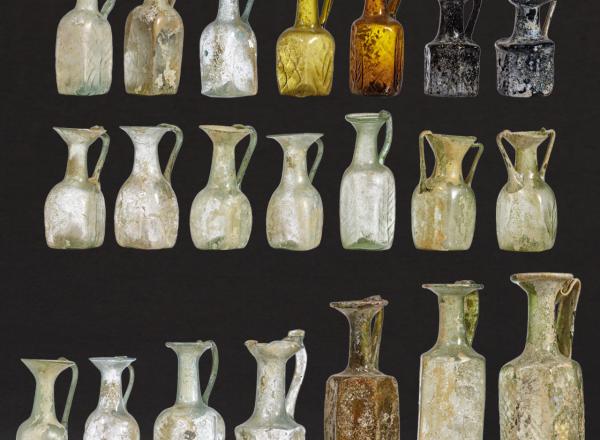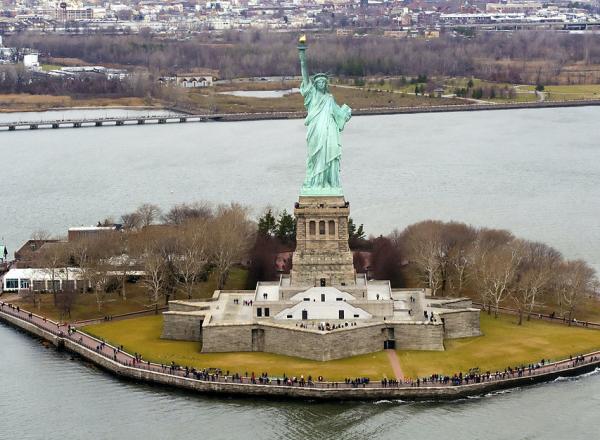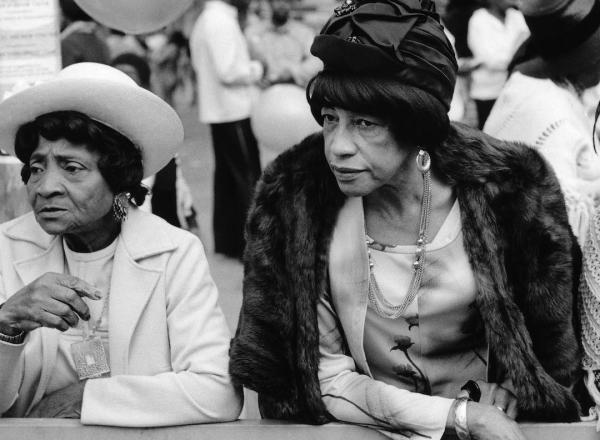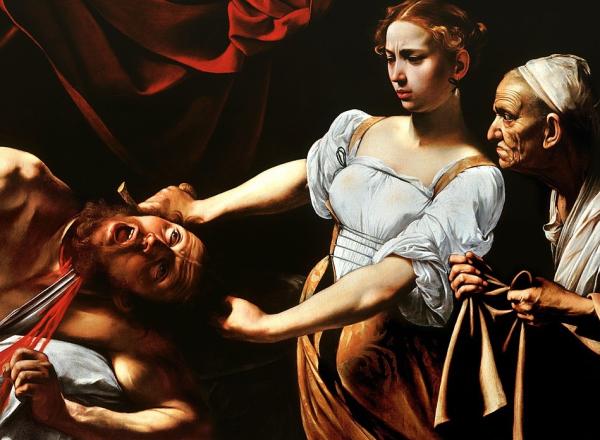The online-only auctions that were introduced by Hermann Historica GmbH several years ago are becoming increasingly popular. Some 4112 lots are coming under the hammer, including unparalleled, premium objects and pieces for first-time buyers.
Art News
Endearingly called Little Sister, this mini is actually a replica of the original plaster model from 1878. After ten years of installation at the National Museum of Arts and Crafts (CNAM), she's off to the United States.
Three years ago, when art dealer Christopher Bishop saw a drawing from a private collection, he knew it was something special.
The artist’s first retrospective in twenty-five years explores the arc of Bey’s four-decade-long career. Reflecting the evolution of Bey’s vision, the exhibition examines his enduring engagement with portraiture, place, and history.
Before revolutionaries dumped tea in the Boston Harbor or fought Redcoats at Lexington and Concord, early Americans protested British imperialism via utilitarian earthenware bowls, jars, and pots known today as colonoware.
Judith beheading Holofernes is one of the most popular art historical subjects of all time. The biblical story began to appear in artwork during the Renaissance and continues to be reinterpreted to this day—most often as a means for modern artists to put their work in conversation with art history at large.
At 46, Baltimore-born painter Rosy Keyser has brightened her palette and expanded her purview northward, probing the cosmos with images of abstract celestial bodies rendered in their magnetic relation to one another. On earth, she has been turning sound into substance and is working with cast paper to mimic and sensualize the effect of corrugated steel, a longtime, versatile favorite medium of hers.
The upcoming exhibition, comprised entirely of new artworks created during the 2020 lockdown, delves into the effects of recent international epoch-making events on private life as distilled through the lens of the artist's mind.
Is science a form of art? This is the question that photographer Eadweard Muybridge grappled with in 1887, when he set up twenty-four trip wires to photograph a racehorse galloping with the help of a rather aggressive jockey.
"Going back to China, I had to ask myself what’s the worst that can happen? I end up in jail,” Ai tells Art & Object about his decision to return to the country, despite being persona non grata. “I thought, yeah, I can take that. It was easy thinking it, but not in reality."

































